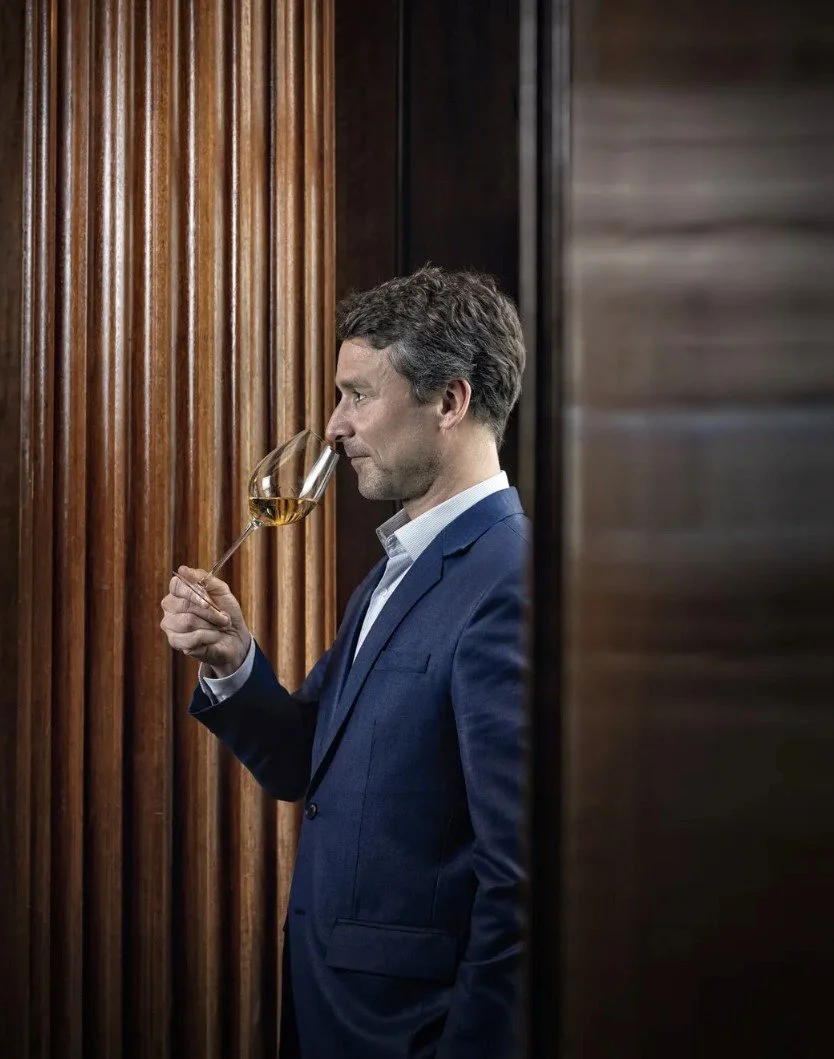
Bollinger
Represented by Denis Bunner
Bollinger is an icon in Champagne, all the more remarkable because its reputation rests entirely on the quality of its extraordinarily distinct Champagnes. Very simply, Bollinger is the outlier. The rigorous, obsessive attention to detail and preservation of artisanal, almost absurdly labor-intensive practices, makes Bollinger both a guardian of the past and, as we see with each passing year, the beacon of the future.
Each and every detail at Bollinger represents a quest for a certain form of perfection. Known around the world for powerful, polished Champagnes that are among the greatest of both Non-Vintage and Vintage Champagnes produced, any of the fundamentals to their approach and production would be special, but when taken altogether are utterly unique.
First, the Bollinger vineyards cover 405 acres, most of which are classified as Grand or Premier cru, and provide roughly two-thirds of the house’s needs. Decades ago, Bollinger wrote a quality charter that stated their own vineyard must account for at a minimum 60% of their production. This reflects their approach to always focus on quality, and not quantity.
Secondly, no producer is as associated with a single grape in Champagne as Bollinger with Pinot Noir. The most demanding grape variety to grow in the region, it forms the backbone of Bollinger’s luscious style, making up around 60% of plantings and always 60% or more of each Champagne.
Thirdly, Bollinger is the only remaining producer in the region with its own cooperage, and keeps a stock of 3,000 oak barrels for fermenting the base wines for its Non Vintage and Vintage wines. Their single cooper, an important link to historical knowledge, does not make any new barrels, rather spends his time fixing barrels, many of which are over 60 years of age. All Vintage wines are 100% barrel fermented, both alcoholic and malolactic fermentation, something no other major producer does.
Fourthly, Bollinger stores its reserve wines to blend into their Non Vintage cuvées in magnum bottles, an incredibly labor-intensive process that no one today undertakes. It requires opening by hand all the magnums to blend into the Non Vintage wines, crazy work that takes a team of 7 a full month to complete every year.
Lastly, all Vintage wines are aged under cork, and not under a crown capsule (like a soda capsule). This requires that every Bollinger vintage bottle is hand-riddled, and then hand disgorged. Again, an unthinkable amount of work.
Information courtesy of Vintus

